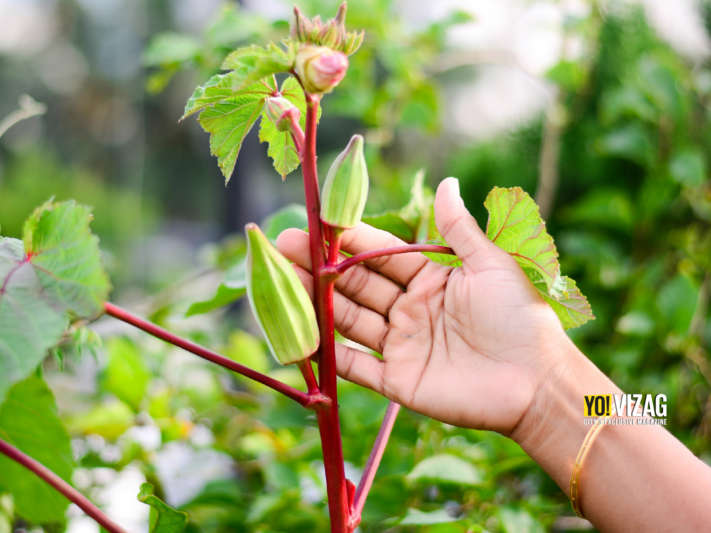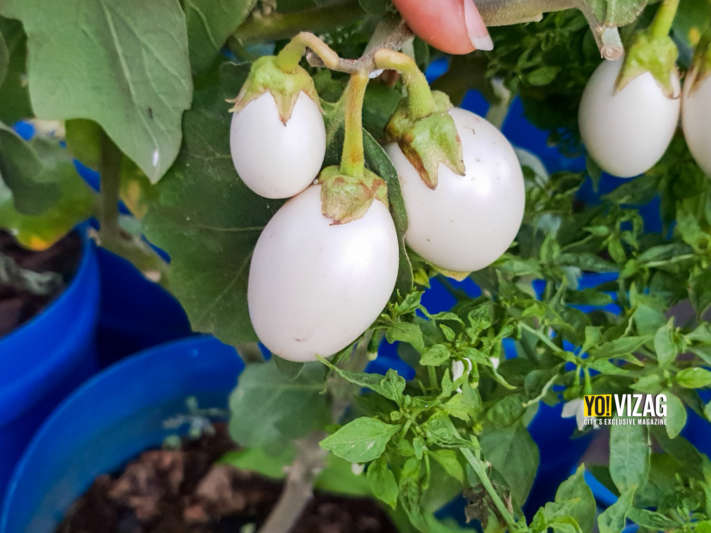The glory of gardening: hands in the dirt, head in the sun, heart with nature. To nurture a garden is to feed not just the body, but the soul as well. The words of Alfred Austin do motivate the hobby of gardening in most of us. However, for those who aren’t as blessed with the green thumb, here are some tips by Usha Raju to get you a smooth start.

Get your tools right
While a beginner needn’t have any fancy tools to start with, there are some things that you do need. Get yourself a bag of red soil, compost and coco peat. While red soil offers a rich source of micronutrients for the plant, coco peat helps to retain moisture and the compost brings in rich nutrients. Also buy a few pots, depending on your need and space available. Opt for bigger pots, and while 6 – 8 inches pots are recommended for leafy veggies, you’ll need 12 inches pots for tomatoes, lady finger, brinjal and chillies and 20 inches pots for gourds. Alternately you can also purchase grow-bags or use old buckets or containers in the spirit of recycling. However, do remember to punch holes in these for easy water drainage.
Expert gardening tip: Head to the closest nursery and start with a smaller number of pots for a manageable experience.
Choose your plants
The kind of plants you choose should match both your interests and the space available. For those who like flowers; rose and hibiscus are the easiest to grow. For people planning on indoor plants; crotons, money plant, areca, peace lily and rubber plant work best. And if you’re looking at something that helps the nature, opt for aloe vera, that requires zero care, grows easily and does a great deal of good for the environment. Kitchen gardeners must start with leafy vegetables, brinjal and tomatoes.
Expert gardening tip: Make your choice depending on the season and amount of sunshine available.
Getting started

Once you have the tools, the seeds and the space ready, get started by creating the potting mix. Take equal proportions of coco peat, red soil and compost. Alternatively, you can also purchase a ready bag of potting mix. Ensure that the pot you’re using has drainage holes in the bottom. Start by layering the base with stones so that the excess water drains out easily, without disturbing the soil. Now fill in the potting mix, such that 2 inches of space is left at the top. Press the medium firmly and water thoroughly. Now sow the seeds or plant the sapling.
Expert gardening tip: Take care not to overcrowd the pot with many seeds as plants love space.
December options
These months are ideal for tomatoes, carrots and radish, which will grow in just a couple of hours of sun. If you get four to five hours of sun, then brinjal, ladyfinger and chillies are recommended. Seeds for all these are readily available in stores, and you can also source stem cuttings or saplings from your friends. Mint, fenugreek, coriander, chillies and tomato seeds can be sourced straight from your kitchen while seeds for leafy vegetables like Amaranth, Spinach and all gourds can be store-bought.
Expert gardening tip: Florals like marigold, hibiscus, cosmos, petunia and roses also grow well in December.
Care
Once you’ve potted your plant, you need to water it regularly. However, remember not to add excess water, as nutrients can run out. Add compost once in 15 days. In fact, you can make your own compost by mixing vegetable waste, dry leaves and sour curd and leaving it in a bin for 3 months. Once the plant starts to grow, cover the top soil with dry leaves to reduce pests, allow for moisture to be trapped and also give carbon to the plant.
Expert gardening tip: Develop the virtue of patience, as seeds take time to germinate.
Gardening is much recommended for everyone, and along with physical health, it brings in mental health benefits too. More importantly, you get to eat food that’s not treated with any harmful chemicals, which enhances your well-being. With the scare of pesticides being sprayed upon food ranking high, growing your own vegetables ensures that you eat healthy and stay fit.

No comments:
Post a Comment